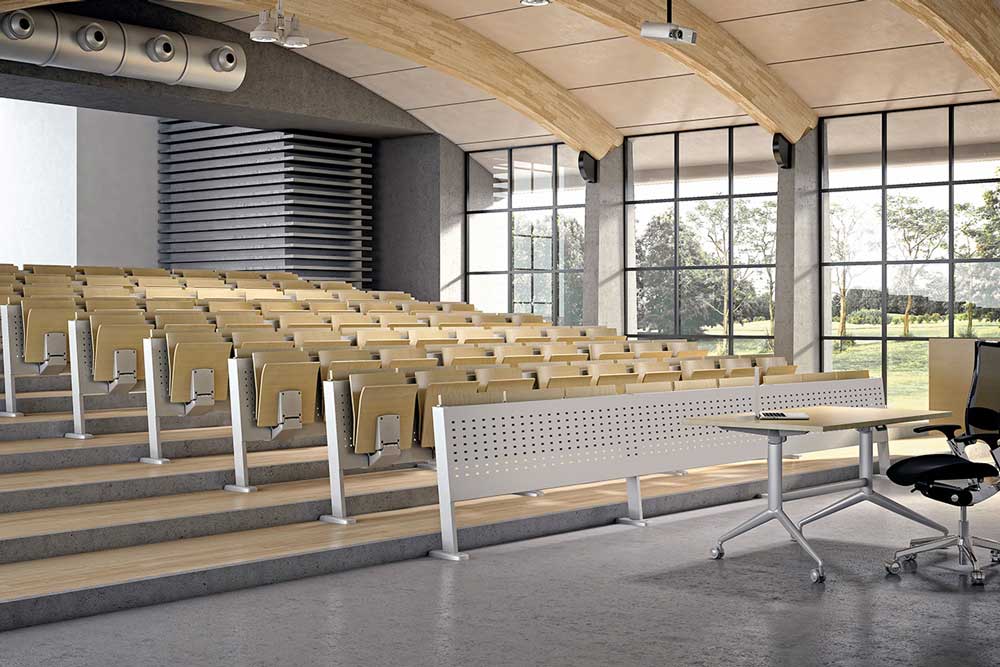
Education
Insight
On the 21st century campus, learning can, and does, happen anywhere. At the same time, how students learn in a classroom and elsewhere has become more collaborative and participatory often enhanced by the use of personal digital tools.
The evolution of teaching and learning presents schools with an opportunity to enrich the educational experience through dynamic, engaging and purposeful spaces that adapt to a variety of learning activities and teaching formats.
Hub
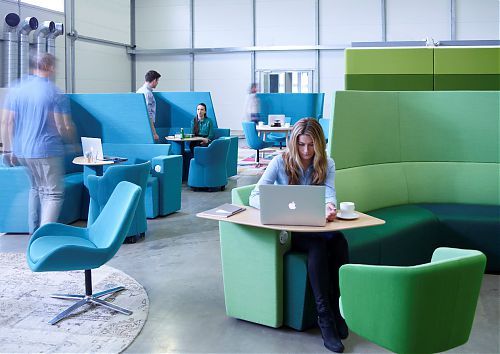
Student unions, residence halls, performing arts centers and other campus facilities offer access to a wide community of users, accommodating a variety of activities and encompassing diverse types of shared spaces. Common spaces may include student lounges designed for study and for socializing, as well as cafes and coffee bars, lobbies, and in-between spaces furnished to create break-out areas in campus buildings.
Learn moreLearn
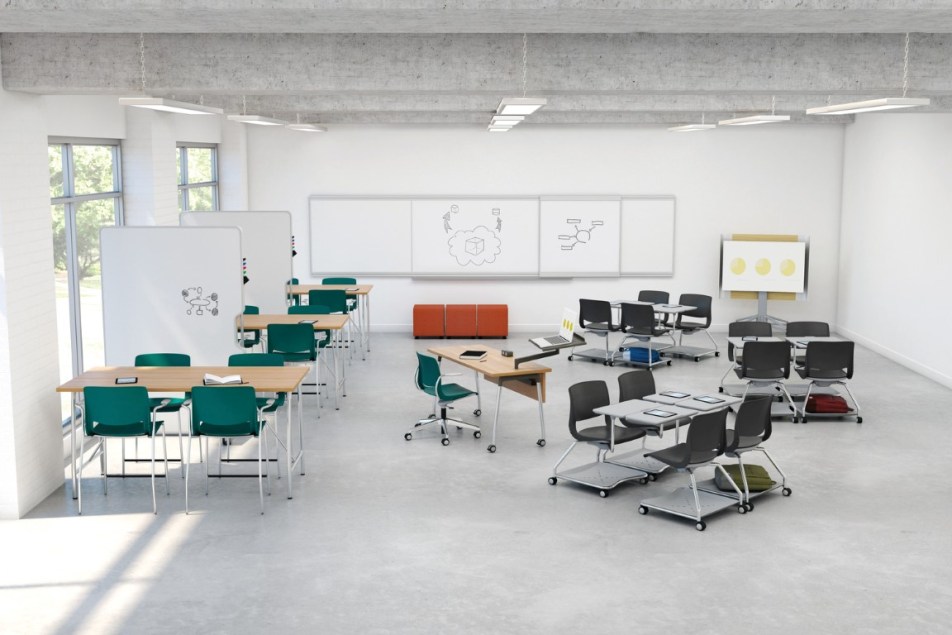
Designed primarily for lecture and discussion, the traditional classroom remains relevant, but today’s active and collaborative learning styles also require a physical space that is highly flexible. Mobile, reconfigurable seating, tables and whiteboard screens allow for quick transitions across a spectrum of conventional and alternative models, including those where technology is leveraged to enhance teaching and learning.
Learn moreResearch
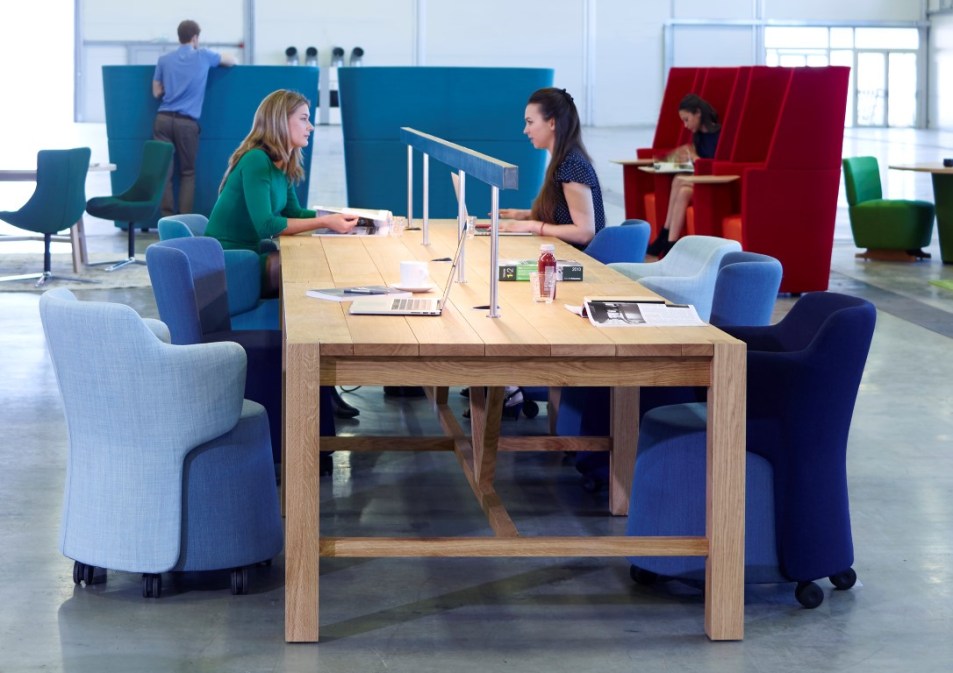
Modern academic libraries are designed to provide access to services and resources that enrich learning via book collections, digital material and interactive media. The library encompasses spaces that provide sufficient privacy and quiet to support single student reading and study, as well as open and enclosed spaces that serve a range of group activities.
Learn moreLive
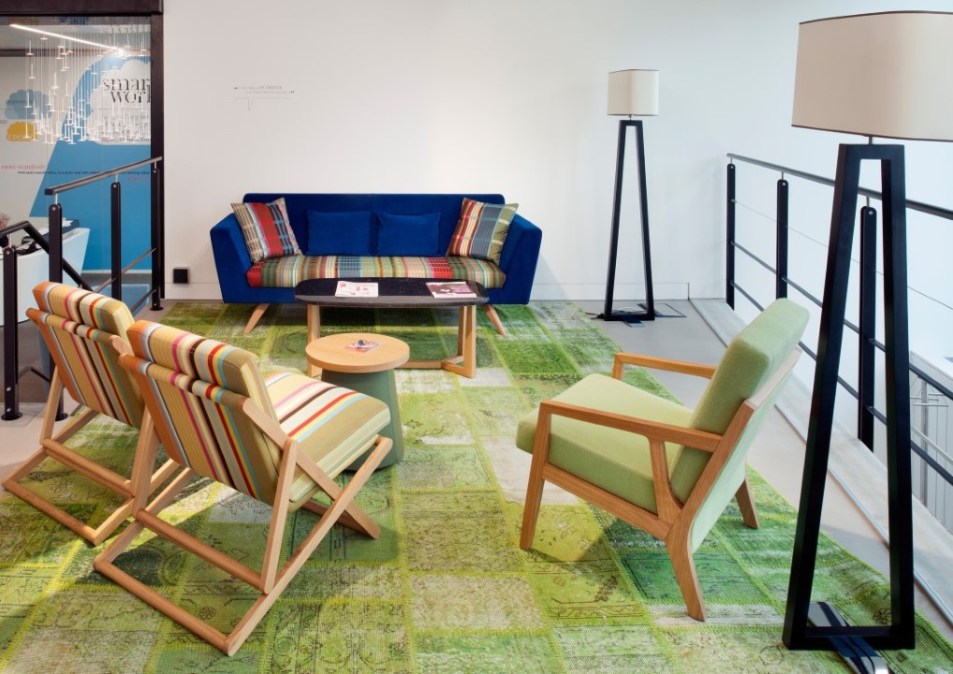
When it comes to attracting freshmen, the residence hall plays a significant role. Along with libraries, technology, sports facilities, and classrooms, residential facilities have become one the most influential factors in a student’s decision to attend.
Learn more